Bioeconomy can be defined as “an economy where the basic building blocks for materials, chemicals, and energy are derived from renewable biological resources”. These lessons prepare students to learn more about a what building a bioeconomy means, and how they can be part of a shift towards a more sustainable future.
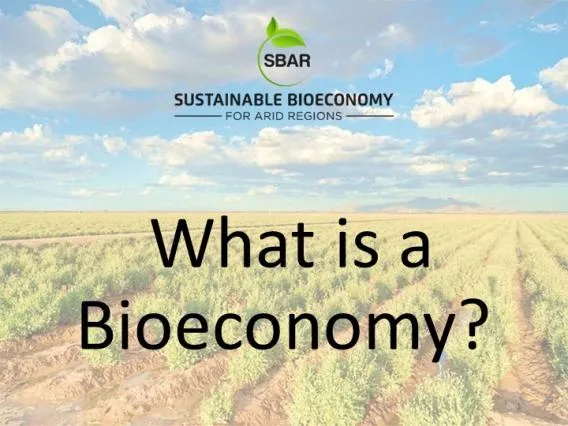
What is a Bioeconomy?
Author: Arisbeth Ibarra Nieblas
Subject/Class: Science
Grade Level: 6th – 8th grades
Summary: This lesson introduces students to the concept of a bioecomony. Students gain an understanding of the environmental impacts and processes of commonly used products.
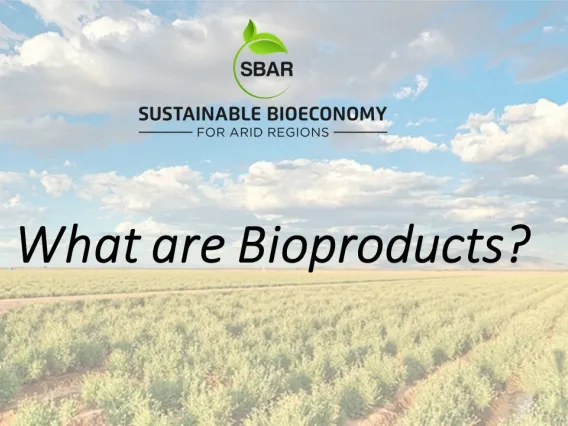
What are Bioproducts?
Author: Arisbeth Ibarra Nieblas
Subject/Class: Science
Grade Level: 6th – 8th grade
Summary: This lesson introduces students to the concept of a bioeconomy and what makes a bioproduct. Students gain an understanding of the environmental impacts and processes of commonly used products.
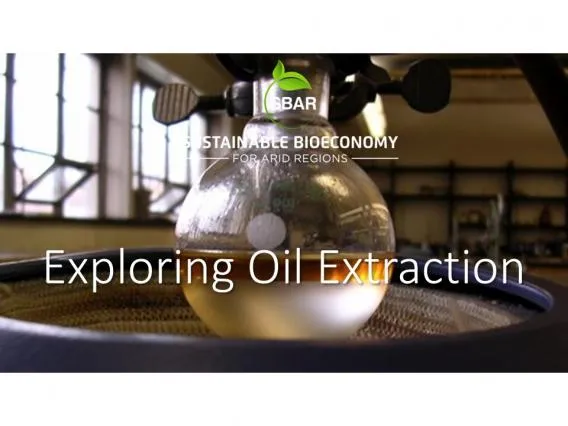
Exploring Oil Extraction
Author: Matt Swanson
Subject: Science-Biology, Botany, Environmental Science
Approximate Grade Level: 7th - 11th
Summary: In this activity, students will engage in the process of extracting oil from a plant resource such as peanuts or similar tree nut. Students will practice measuring mass and calculating the percentage of the extract and byproducts of the extraction process. Through this process, students will deepen their understanding of how valuable commodities like fuel and rubber can be extracted from plants
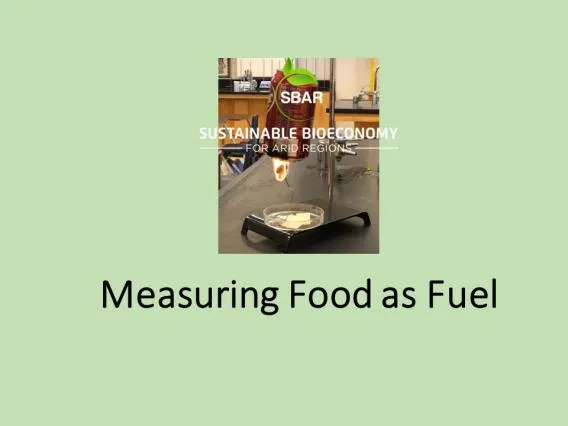
Measuring Food as Fuel
Author: Matthew Katterman, Tracy Klein, Matt Swanson
Subject: Chemistry, Biology, Plant Biology
Approximate Grade Level: 7th – 10th
Summary: In this lesson students learn how to calculate the number of calories in a food item. Through a lab experiment, students will calculate changes in mass and temperature to determine calories. Students will gain an understanding of the way to measure energy content in food.
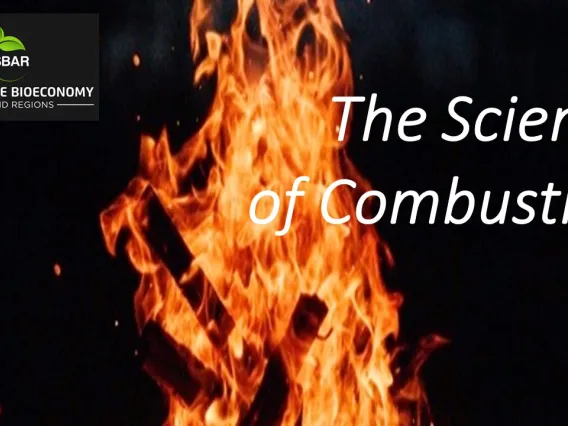
The Science of Combustion
Author: Shermal Fernando, Jacob Usrey, and Catherine Brewer
Subject/Class: Science
Grade Level: 6th – 9th grades
Summary: This lesson introduces students to the science of combustion. Students will learn the stages of combustion and the characteristics of those stages. The lesson includes hands-on marshmallow toasting and the creation of posters in which students discuss factors related to combustion such as fuel, smoke, and transfer of thermal energy.
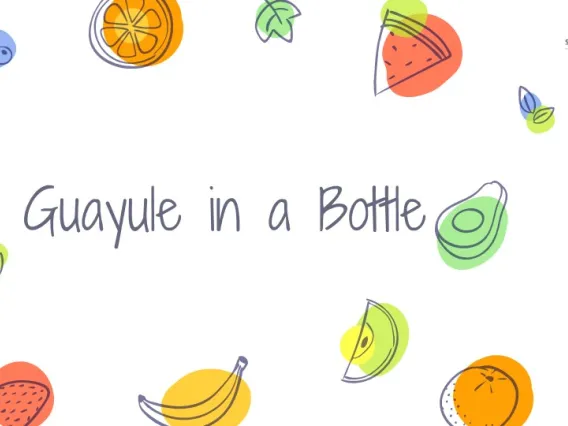
Guayule in a Bottle
Adapted from Teaching Engineering: Biodomes Engineering Design Project teachengineering.org
Author: Holly Barton, M.S., and Priscilla Fischback
Subject: Science, engineering
Grades: 6th – 8th grades
Summary: In this one to two week lesson, students conduct an experiment comparing a high water use seed/seedling and a low water/drought-resistant plant (Guayule). Other low water use plants can be used in place of Guayule if it isn’t available. Through this experiment, students make connections to water use and sustainable agriculture in arid lands.

STEM Career Exploration
Author: Ali Yaylali
Subject: Science, Career and Technical Education
Grade Level: 6th - 12th
Summary: In this lesson students explore a range of STEM careers by watching video interviews on the SBAR YouTube channel. Students learn about a variety of careers and the problems those careers are helping solve.
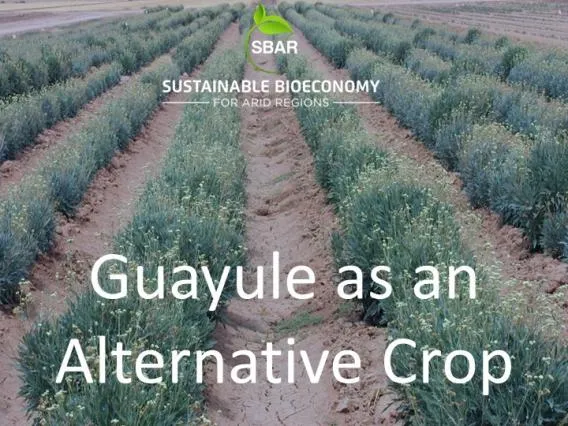
Guayule as an Alternative Crop
Author: Oluwatobi Omotayo
Subject: Science
Grade Level: 6th to 9th grades
Summary: This video lesson introduces students to guayule (Parthenium argentatum) with a seminar by Dr. Laura Rodriquez-Uribe. Guayule is a drought tolerant shrub that is a source of natural rubber. Students will learn about guayule and the many products derived from it including latex, resins, and bagasse. Students will learn about research being conducted on guayule.
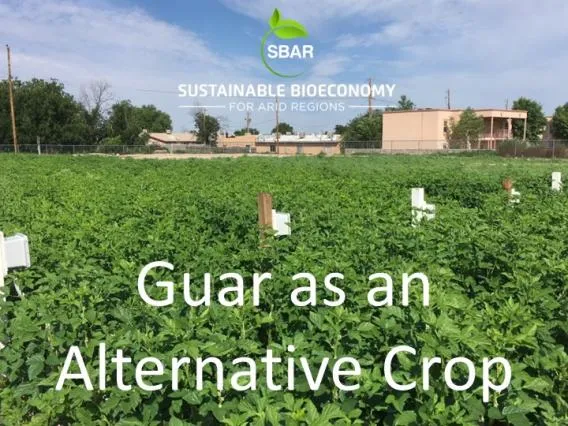
Guar as an Alternative Crop
Author: Oluwatobi Omotayo
Subject: Science
Grade Level: 6th to 9th grades
Summary: This video lesson introduces students to guar (Cyamopsis tetragonoloba) with a seminar by Dr. Laura Rodriquez-Uribe. Guar is an alternative crop for arid regions. The lesson covers guar’s agronomic and environmental importance, industrial uses, and biproducts. Students gain an understanding of how guar can be a useful to grow in arid lands.
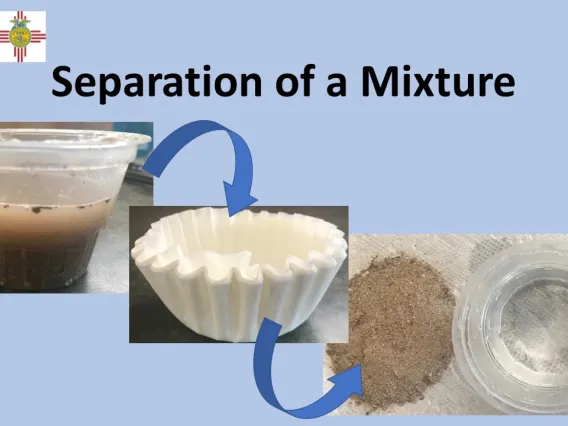
Separation of a Mixture
Author: Laura Rodriguez-Uribe, Ph.D.
Subject: Science, Chemistry
Approximate Grade Level: 9th and above
Summary: In this lesson students develop a method to separate a mixture of four substances and calculate each substance's percent recovery after separation. Students learn about guar and guayule, two crops that produce plant compounds with industrial uses. Students also learn about the technology used to separate important compounds from guar and guayule.
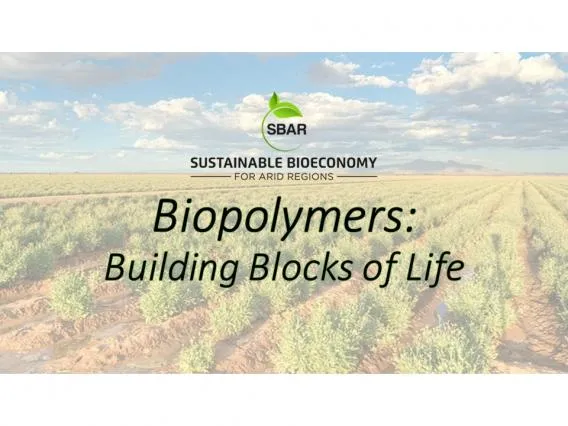
Biopolymers: Building Blocks of Life
Author: Shermal Fernando, Darien Pruitt, Catherine Brewer
Subject: Science
Grades: 6th-10th
Summary: This lesson plan introduces the building blocks of living organisms: monomers and polymers. The activities provide hands-on learning to connect the concepts of structure and function, and to practice data analysis for identifying data descriptors and explaining their meanings. The lesson describes molecular structures to show plants’ ability to form complex polymers for energy storage.

